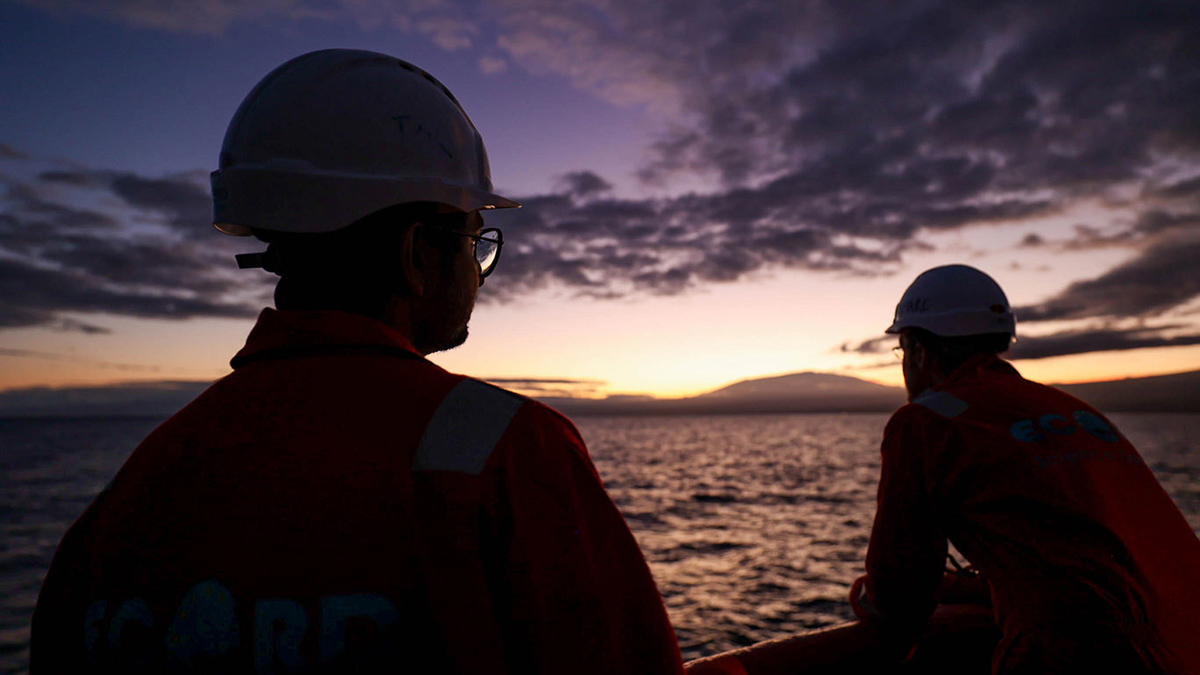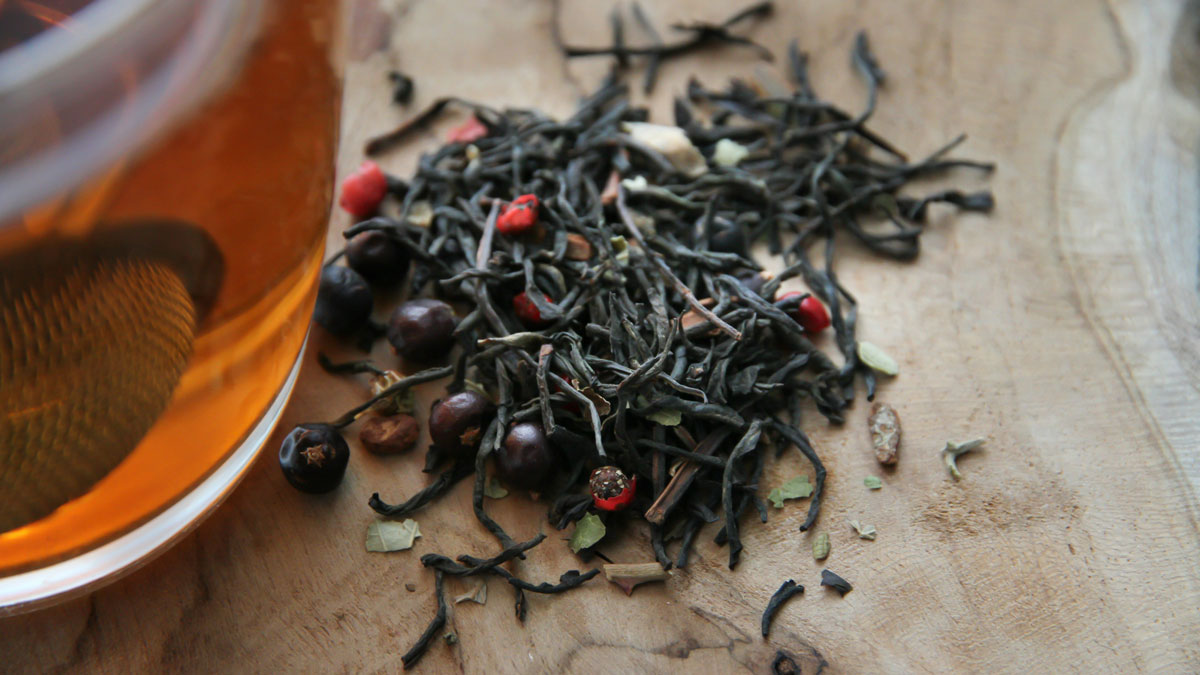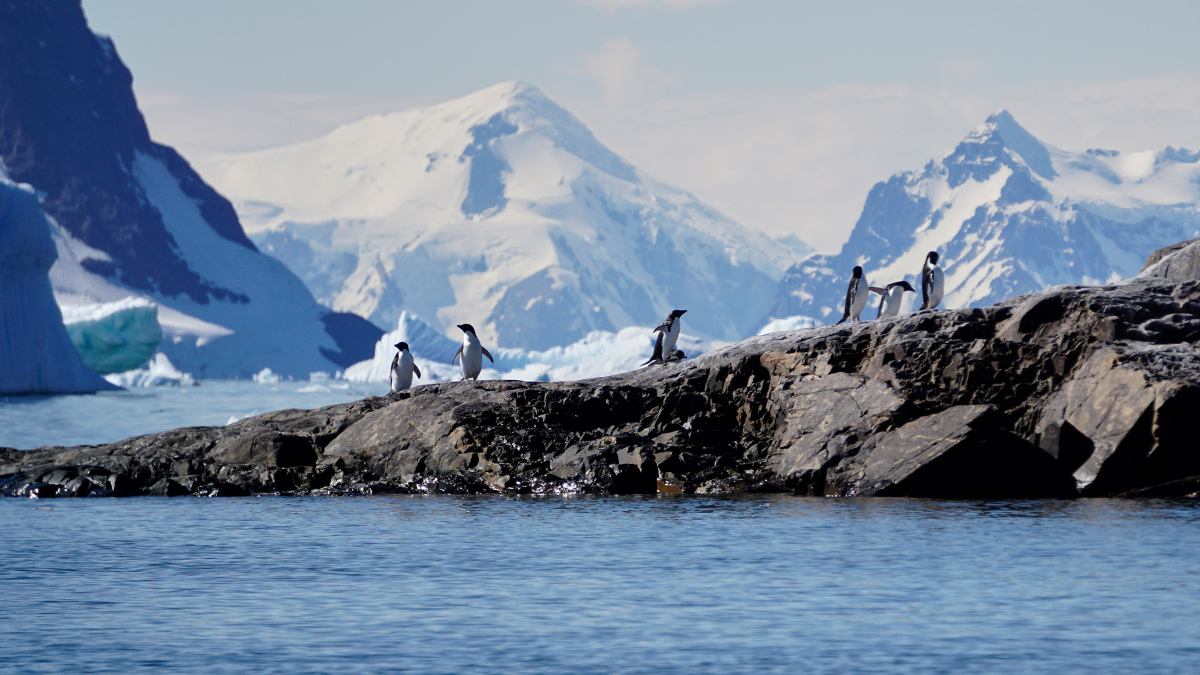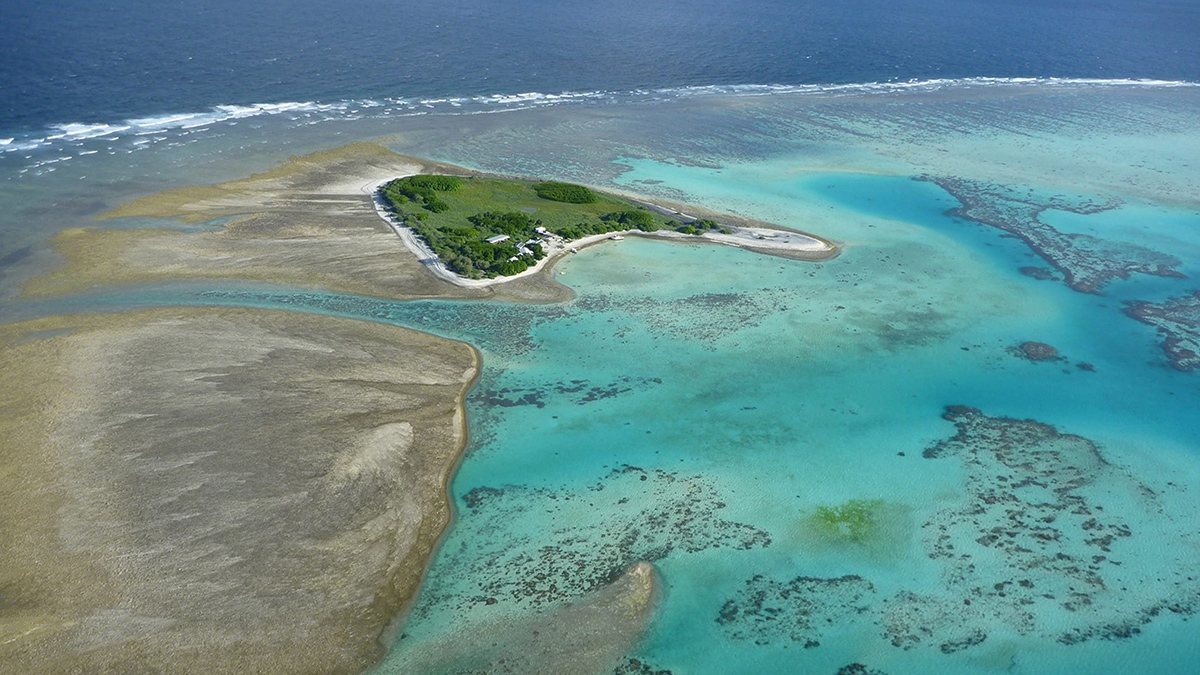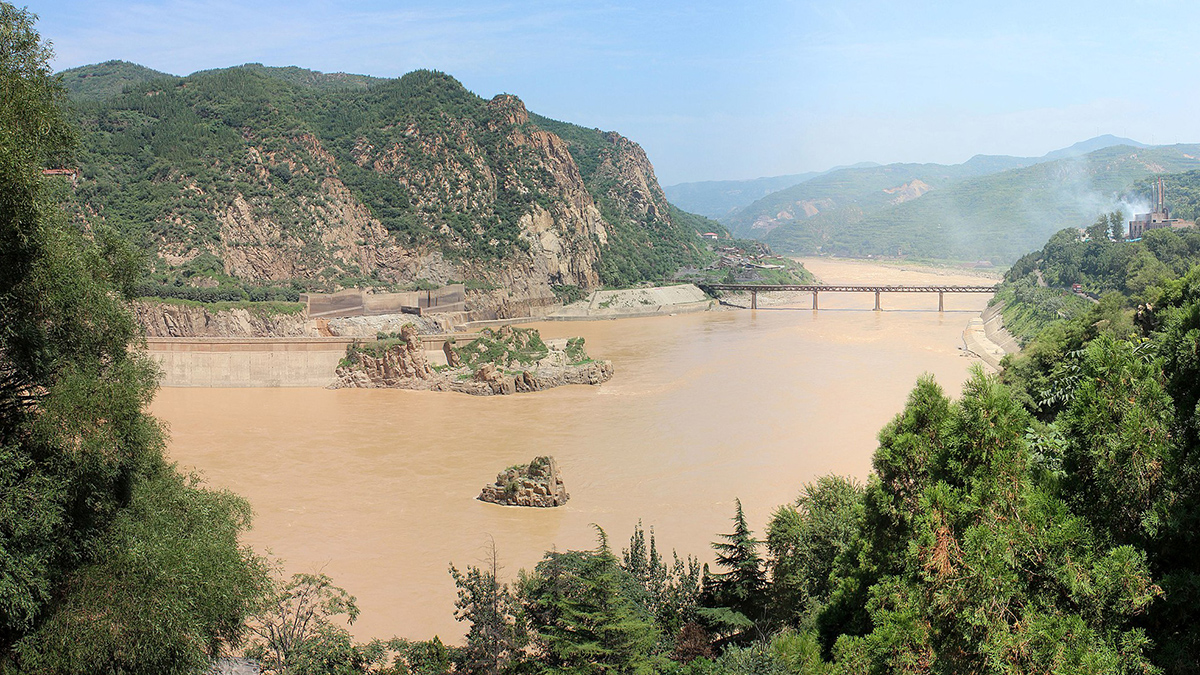Researchers set sail to study sea levels, climate, ecosystem responses, and volcanic histories over the past 500,000 years, using an innovative seabed drill to sample fossilized reefs off Hawai‘i.
biogeosciences
Tea Leaves Remove Lead from Water
Surface and chemical properties of tea leaves may help explain the correlation between tea consumption and lower incidences of heart disease, high blood pressure, and stroke.
Forecasting the Future of Southern Ocean Ecosystems
A new ensemble of marine ecosystem models aims to improve understanding of how climate change will affect the waters surrounding Antarctica.
Great Barrier Reef Corals Hit Hard by Marine Heat Wave
Extreme heat pushed even resilient corals in the Great Barrier Reef to the brink, limiting recovery.
Tracing Metals from Earth to Water to Life in the Yellow River
The mix of metals in China’s Yellow River stays relatively similar as it moves from the upper continental crust to biological life.
Mid-Ocean Ridges Could Be Dispersing Thermophilic Bacteria
Scientists suggest that two strains of endospores located more than 4,000 kilometers away from one another originated in the same place: along the Mid-Atlantic Ridge.
Hungry Stingrays Shift Serious Amounts of Sediment
While digging for food on estuary bottoms, rays push around literally tons of sediment, changing their habitat in profound ways.
Some Reefs Could Bleach Year-Round by 2080
Cutting greenhouse gas emissions could protect some reefs more than others.
Pedro Val: River Science Runs in the Family
A researcher mixes geology and biology to make sense of river biodiversity.
Thanh Huong “Helen” Nguyen: Chasing Down Pathogens
An environmental engineer addresses some of public health’s biggest problems.

